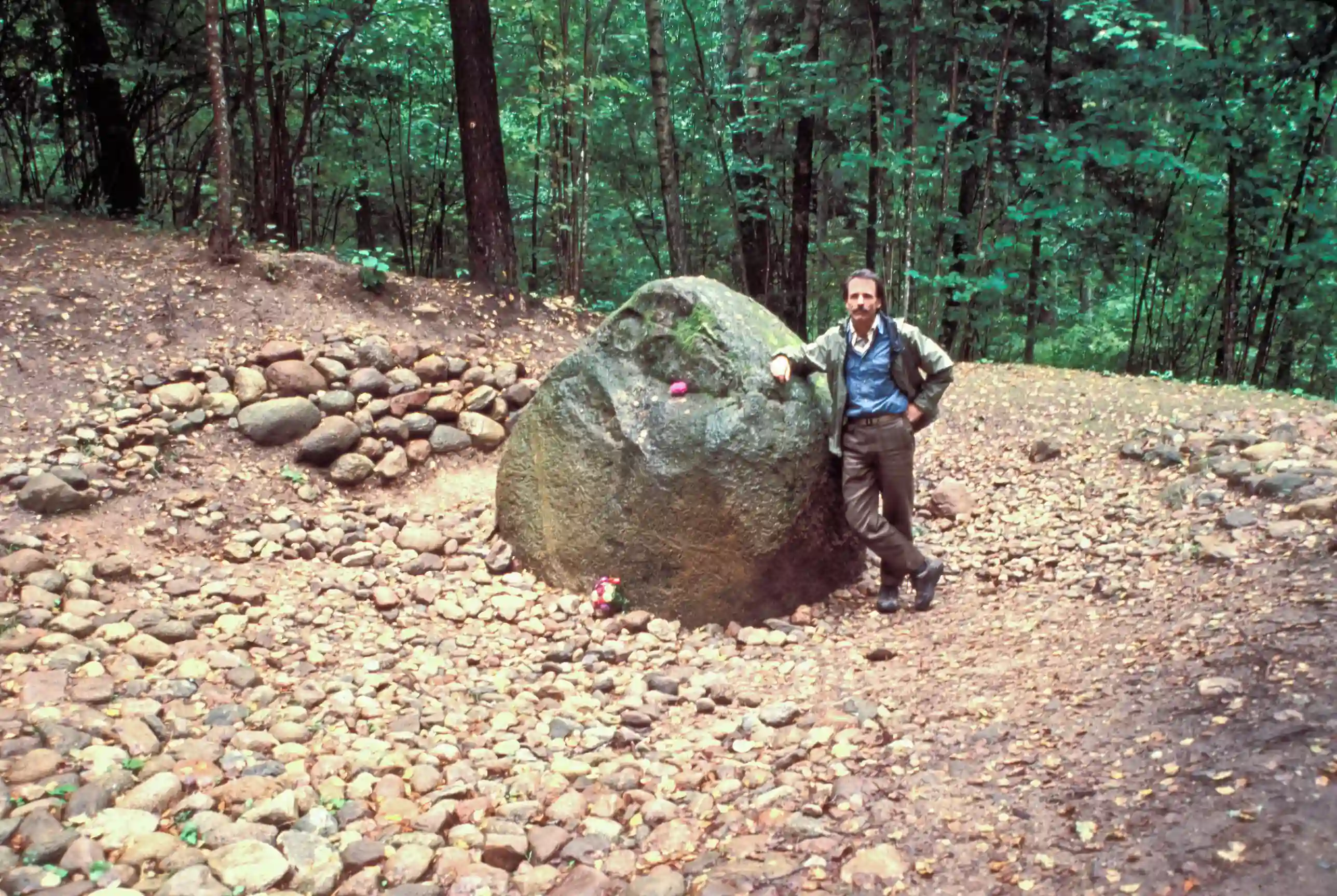Sacred Mounds and Megaliths of Latvia
Latvia, a land steeped in rich history and folklore, holds a hidden network of ancient power – sacred mounds and megaliths dotting its landscape. These Neolithic structures, often overlooked by mainstream archaeology, have captured the attention of geomancers, dowsers, and alternative archaeologists. These researchers believe the mounds and megaliths are key to understanding a vast sacred geography connecting ancient sites across the country, potentially dating back to the Neolithic period (4000-1800 BC) in Latvia.
One such site, Zilaiskalns, is a prominent hill near Valmiera. It's believed to have been a significant sacred site, used for rituals and ceremonies. The hill's unique shape and strategic location suggest it was a place of astronomical observation, potentially aligning with celestial events.
Similarly, the Pokainu Mezs, or Pokriane forest, located in the central Vidzeme region of Latvia, is another enigmatic site. Within its depths lie mounds and megaliths shrouded in mystery. While their origins and purpose remain elusive, researchers have observed that certain mounds, such as the Elku Liepa mound, appear to be aligned with solar events, suggesting their use in ancient calendrical systems.
The intriguing alignments and geometric patterns observed at these sites suggest a deliberate and sophisticated system of sacred geometry. This system may have been designed to harness and channel the earth's energies for spiritual and ritualistic purposes. Some researchers even propose that the mounds and megaliths could have served as pilgrimage sites, attracting people from far and wide to participate in sacred rituals and ceremonies.
These observations are not just anecdotal. Recent scientific studies have shown that some megalithic sites worldwide do exhibit unique electromagnetic properties. While similar studies are yet to be conducted on Latvian sites, the possibility of such phenomena adds another layer of intrigue to these ancient structures.
While mainstream archaeology has yet to fully embrace the study of these sacred sites, the work of alternative researchers is gradually shedding light on their significance. Their findings challenge conventional narratives and open up new avenues for exploring Latvia's ancient past.
The sacred mounds and megaliths of Latvia are not merely isolated structures scattered across the landscape. They are potentially part of a larger interconnected network, a web of ancient power that once pulsed with life and energy. As we continue to unravel the mysteries of these sacred sites, we gain a deeper appreciation for the profound spiritual wisdom and reverence for nature that shaped Latvia's ancient culture.
In conclusion, the sacred mounds and megaliths of Latvia represent a hidden treasure trove of ancient knowledge and potential spiritual power. While mainstream archaeology has yet to fully explore their secrets, the work of alternative researchers, coupled with emerging scientific interest, is slowly unveiling their significance. Further research could reveal a vast network of interconnected sacred sites, providing valuable insights into Latvia's rich spiritual heritage and the profound connection between humans and the natural world.

Martin Gray is a cultural anthropologist, writer and photographer specializing in the study of pilgrimage traditions and sacred sites around the world. During a 40 year period he has visited more than 2000 pilgrimage places in 160 countries. The World Pilgrimage Guide at sacredsites.com is the most comprehensive source of information on this subject.


